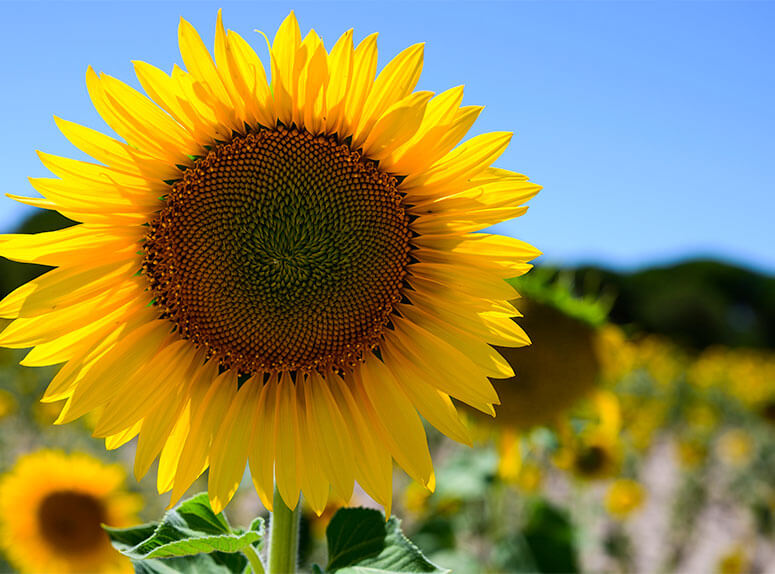There is nothing quite like growing your own fresh vegetables and here is how.
Choose the right location
This is absolutely key to your garden to get the best out of your vegetables.
- Plant in a sunny location as most vegetables need 6 hours of direct sunlight.
- Plant in moist, well drained soil
- Plant in a stable environment avoiding planting in places with strong winds and plant in a location that does not receive too much foot traffic or floods easily.
Start small
Grow what you know you will eat and do not plant too much too soon, plan your gardens with care.
Below are some tips for a good-size beginner’s vegetable garden which will feed a family of four for one summer, with leftovers for storing and freezing
- Make your garden 11 rows wide, with each row 10 feet long.The rows should run north and south to take full advantage of the sun.
- Make sure that you have paths that allow you to access your plants to weed and harvest. The general rule is: Don’t allow more than four feet of plants without access to them. Just make sure that you can reach the center of the row or bed easily.
(Note: If this garden is too large for your needs, you do not have to plant all 11 rows, or you can simply make the rows shorter.)
Choosing Vegetables
The vegetables listed below are common, productive plants that are easy to grow.
Top 10 vegetables
1. Tomatoes
2. Peppers
3. Beets
4. Cabbage
5. Carrots
6. Kale
7. Onions
8. Zucchini squash
9. Leaf Lettuces
10. Cucumbers

Guidance to choosing your vegetables:
- Choose what you would like to eat.
- Plant how many vegetables you would eat and try not to over plant.
- Remember tomatoes and zucchinis grow in the middle of summer. If you go away in the summer, you will need someone to look after them or they will suffer. An alternative would be to just plant cool-season crops such as lettuce and kale and root veggies.
- Use high-quality seeds. Seed packets are less expensive than individual plants but seeds may not germinate therefore spending a little extra in spring for that year’s seeds will pay off at harvest time.
Timing and positioning?
If you are wanting to grow several tomato plants, this process is easy. If you want to plant a full garden, you will need to consider:
- Each position of the vegetable?
- The timing when each vegetable needs to be planted.
Below are some guidelines to arrange your vegetables:
- There are “cool-season” vegetables, these grow in spring. This includes lettuce, spinach, root vegtables. Then there are “warm-season” vegetables that are not planted until the soil gets warmer which include tomatoes and peppers. Plant cool-season vegetables after spring frost and then plant warm-season vegetables in the same area later on in the season.
- Plant tall vegetables, such as pole beans, a trellis or sweet corn on the north side of your garden so they do not shade the shorter plants. If some of your garden is in shade, save that area to plant small cool-season vegetables. If the shade is unavoidable in parts of the garden, keep these areas for cool-season vegetables which will benefit from the shade as the weather warms up.
- Most vegetables are yearly. If you want to plant “perennial” vegetables such as asparagus, rhubarb, and some herbs, then permanent locations for these are preferred.
- You will need to consider that some vegetables grow quickly and have a short harvest period. Other plants like tomatoes, have a longer harvest period. The packaging of the seeds should show “days to maturity”. Vegetables that may produce more than one crop per season include beans, beets, carrots, cabbage, lettuce, spinach, and turnips.
- Space out plantings as you do not want to plant all your seeds at the same time or all the vegetables will need to be harvested around the same time. Stagger plantings by a few weeks to keep them growing.

Book your FREE Garden Design Consultation today!
Call us today for a FREE no obligation consultation on 01777 948030 or email us at info@pridelandscapeanddesign.co.uk








 CALL 01777 948030
CALL 01777 948030












Leave A Comment
You must be logged in to post a comment.